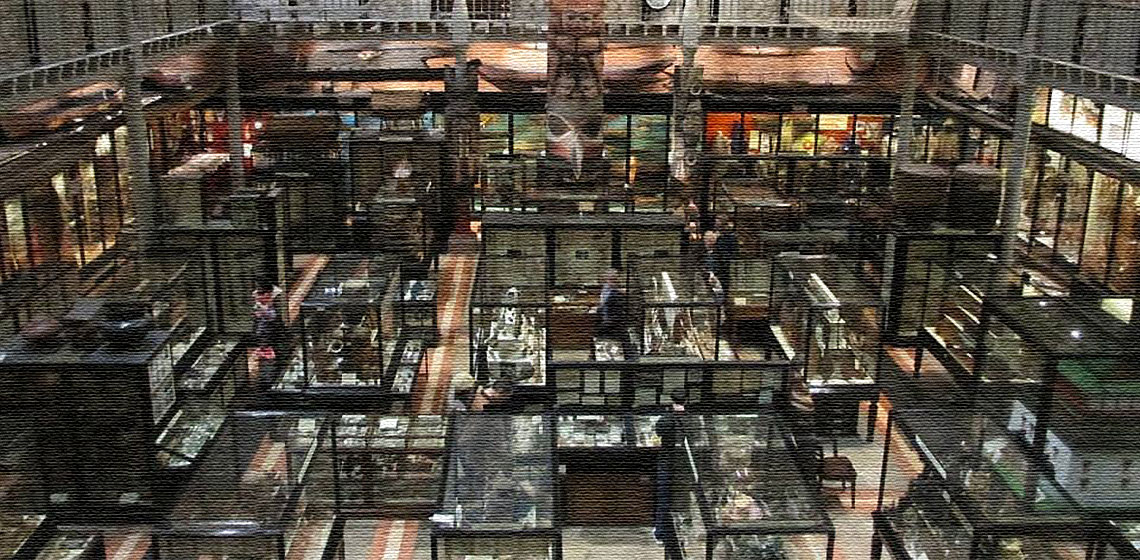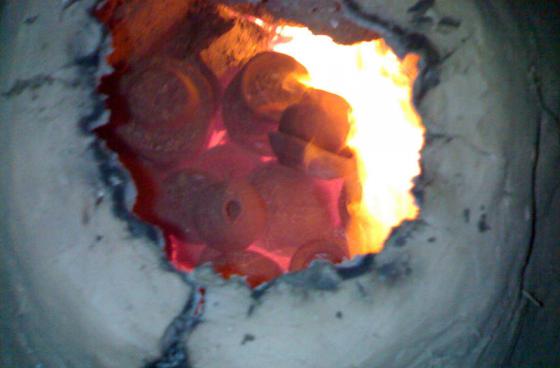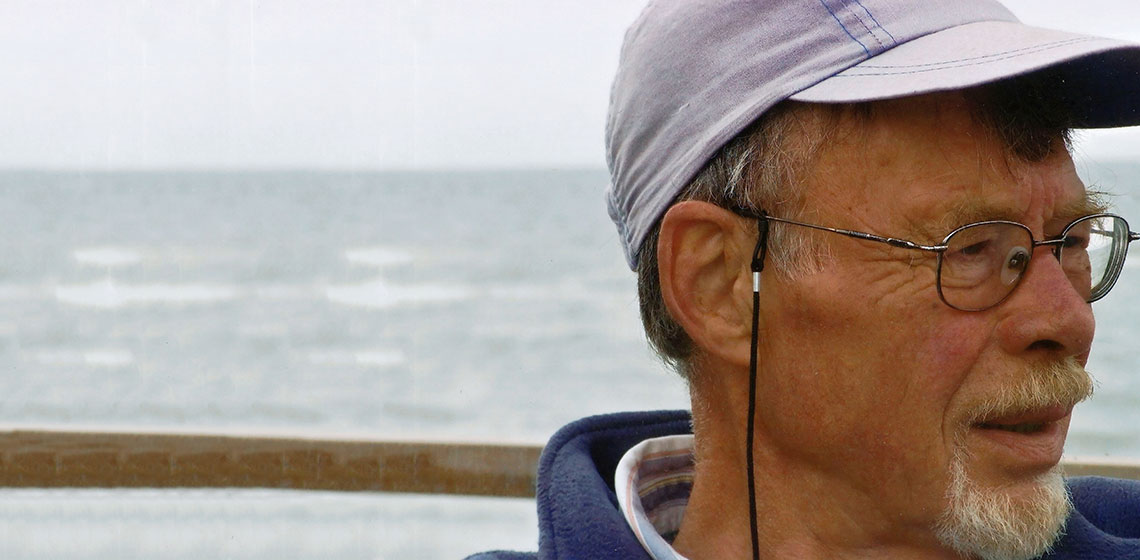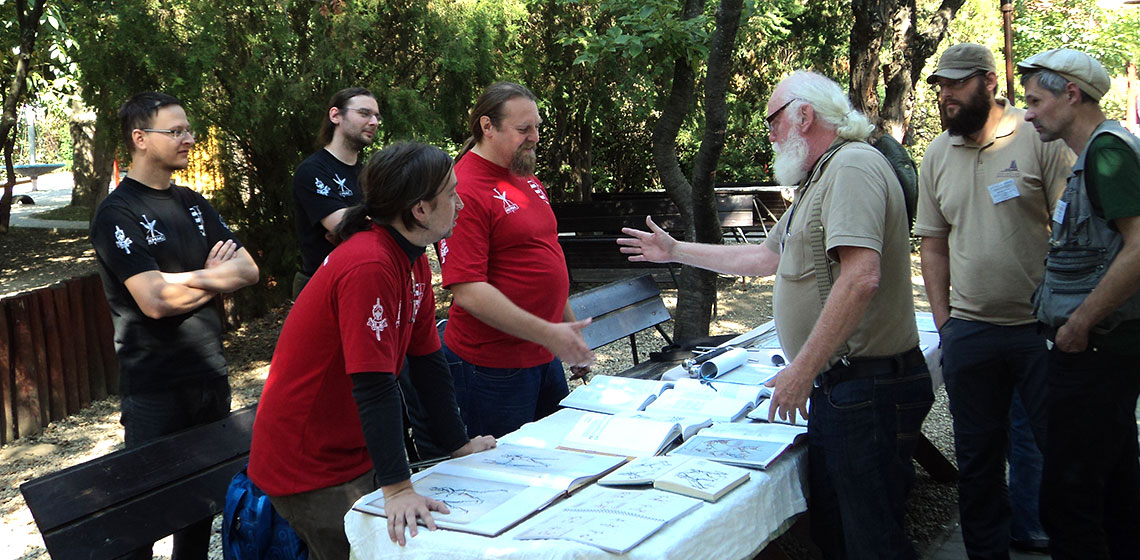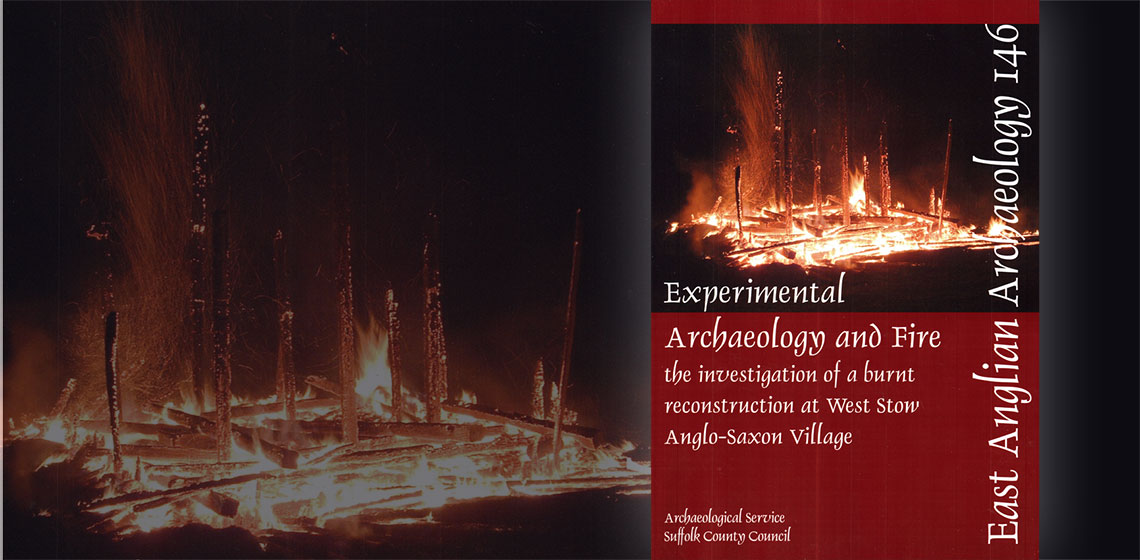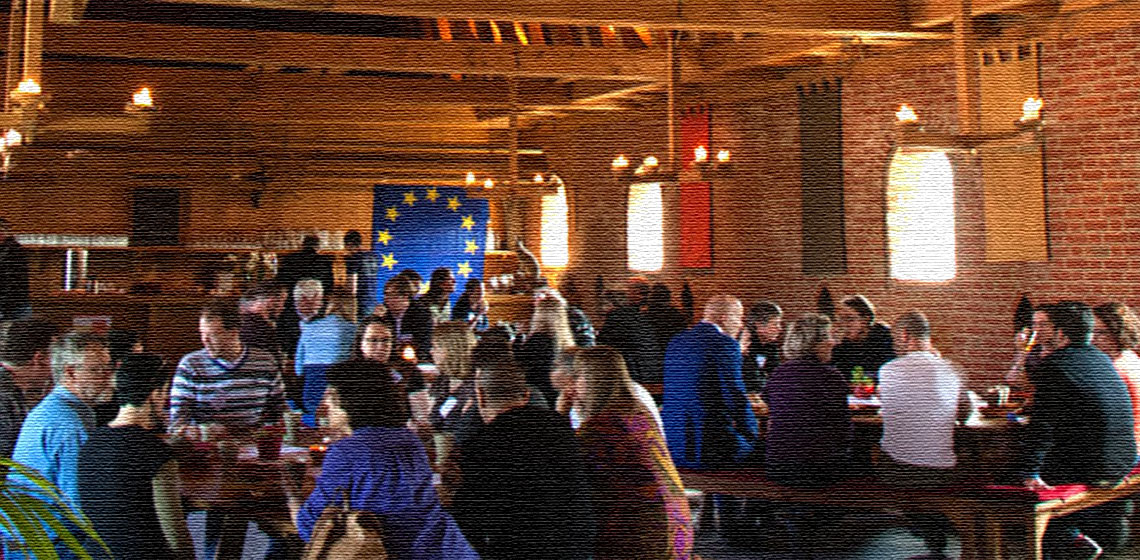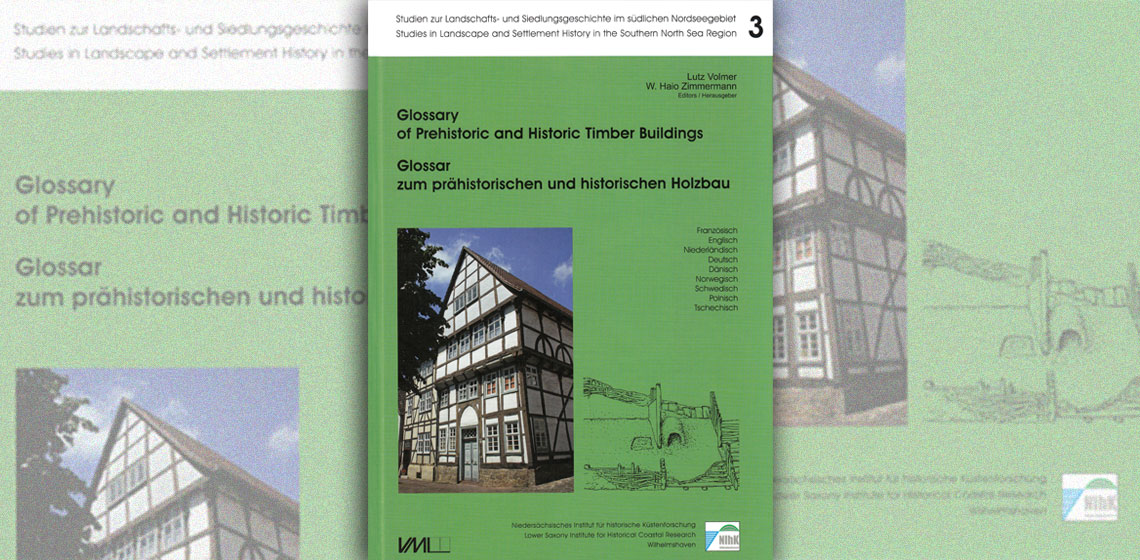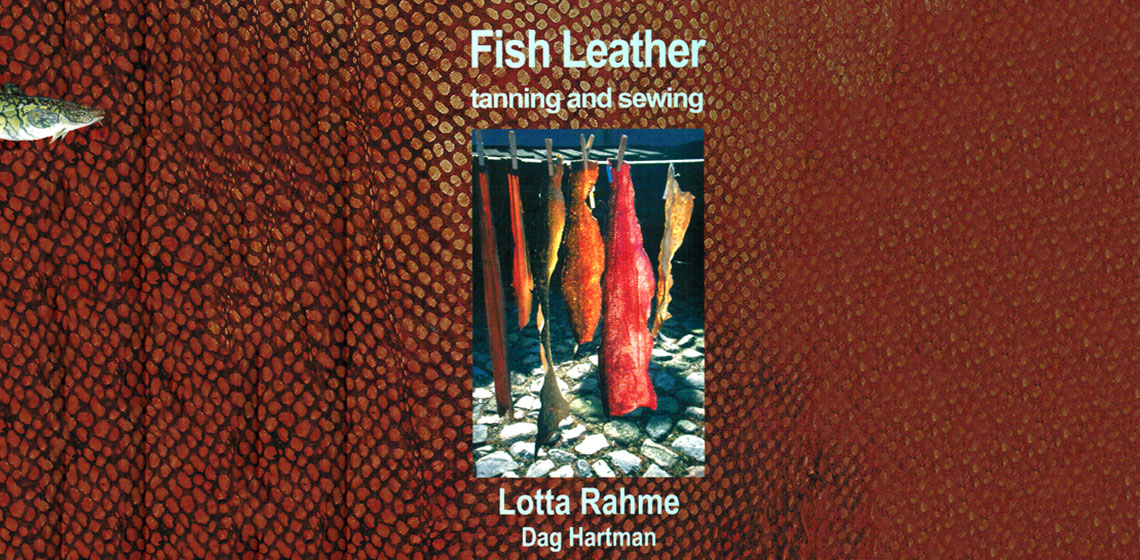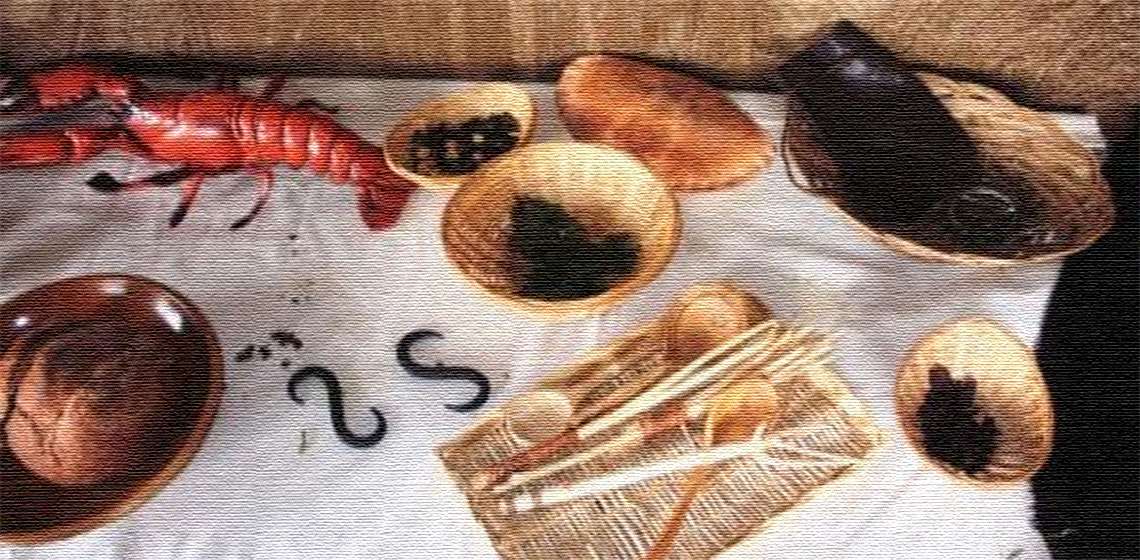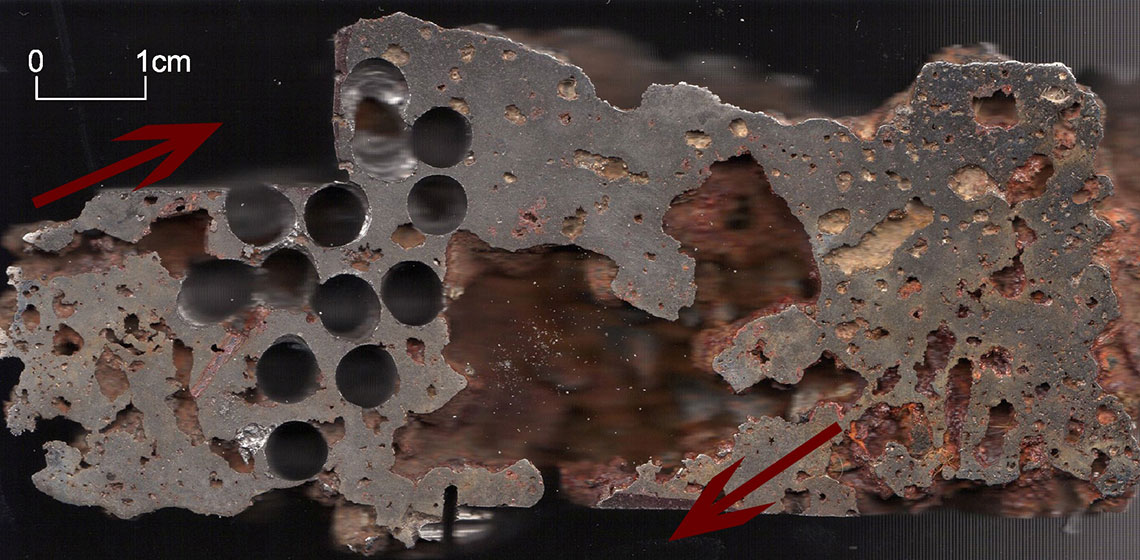Early Middle Ages
Conference Review: 8th Experimental Archaeology Conference, Oxford 2014
Publication Date
EAC Conferences
***The conference unofficially began in the Royal Blenheim pub at 6 pm on Thursday evening. Conference staff and attendees filtered in throughout the evening eventually filling the back room. The pub had excellent food and a good variety of local ales. Those who managed to brave the flooding introduced themselves and got to know...
***The conference unofficially began in the Royal Blenheim pub at 6 pm on Thursday evening. Conference staff and attendees filtered in throughout the evening eventually filling the back room. The pub had excellent food and a good variety of local ales. Those who managed to brave the flooding introduced themselves and got to know...
Iron Smelting Camp
Date
-
Organised by
Adam Thiele cand. PhD
Country
- Hungary
The venue of the camp will be close to Lake Balaton, in Somogyfajsz, where a bloomery workshop with several furnaces from the 10th century was excavated over which a Bloomery Museum was erected. During this camp we will mine local bog iron, burn charcoal in a charcoal pile, build furnaces, smelt iron and forge the extracted iron blooms.
Obituary: in Memory of Otto Harsema (11 September 1939 - 8 September 2013)
Publication Date
On the 8th of September 2013 Drs. Otto Harm Harsema died from a bad fall during his stay in Poitiers (FR). Otto, born 11 September 1939 in Uithuizermeeden (NL), studied Social Geography and Prehistory at the Rijksuniversiteit Groningen...
Conference Review: Live Interpretation, 2013 EXARC’s Meeting in Hungary
Publication Date
In early September 2013, EXARC, in collaboration with Csiki Pihenökert, hosted a meeting in Hungary with the theme Live Interpretation in Open-air Venues. This continued the discussions held one year earlier in Foteviken, Sweden which focused on museum theatre and other forms of live interpretation...
Book Review: Experimental Archaeology and Fire. The Investigation of a Burnt Reconstruction at West Stow Anglo-Saxon Village by Jess Tipper
Publication Date
What should an archaeologist do if one of the reconstructions of an experimental village is accidentally burning during the night? Simple: pick up a camera and start taking pictures. And then, of course, plan the excavation to record as much information as possible followed by an analytical and detailed publication on the results...
Conference Review: Reaching Visitors Through Dialogue, Play and Experimental Archaeology. OpenArch Congress Archeon
Publication Date
This three-day conference (23-25 April 2013) was part of the OpenArch project, a project that spans five years and aims to raise the standard of scientific research and public presentation in the open-air museums throughout Europe, with a focus on the interaction with the visitor...
Book Review: Glossary of Prehistoric and Historic Timber Buildings by Lutz Volmer and W. Haio Zimmermann (ed.)
Publication Date
The 1987 conference in Århus, Denmark on ESF Workshop on the reconstruction of wooden buildings from the prehistoric and early historic period has been important to EXARC as we have acquired, and are gradually publishing, the manuscripts of the unpublished proceedings....
Book Review: Fish Leather Tanning and Sewing by Lotta Rahme and Dag Hartman
Publication Date
Judging from the extensive bibliography in this book, little to no literature exists on fish leather tanning in English. A quick Google and Amazon search reveals that a good general book on leather tanning includes at least one chapter on fish, reptile and other "alternative" skins...
Discussion: Food - Reconstruction and the Public
Publication Date
For a BBC program in 1954, Sir Mortimer Wheeler tasted a reconstruction of the Tollund Man’s last supper, which turned out to be a tasteless mush. This led him to announce: "I believe that the poor chap of Tollund committed suicide because he could stand his...
The Production of High Carbon Steel Directly in Bloomery Process: Theoretical Bases and Metallographic Analyses of the Experiments Results
Publication Date
7th UK EA Conference Cardiff 2013
***The series of experiment on iron smelting conducted by author in 2012 resulted in very good quality high carbon steel produced directly in the bloomery furnace. Bearing in mind the unusual mechanism of carburization in a 'Aristotle furnace', a question arose concerning possibility of occurrence the same phenomenon during the smelting process. This paper discusses the results of the metallographic studies of produced iron as well as the description of the conducted experiments.
***The series of experiment on iron smelting conducted by author in 2012 resulted in very good quality high carbon steel produced directly in the bloomery furnace. Bearing in mind the unusual mechanism of carburization in a 'Aristotle furnace', a question arose concerning possibility of occurrence the same phenomenon during the smelting process. This paper discusses the results of the metallographic studies of produced iron as well as the description of the conducted experiments.

